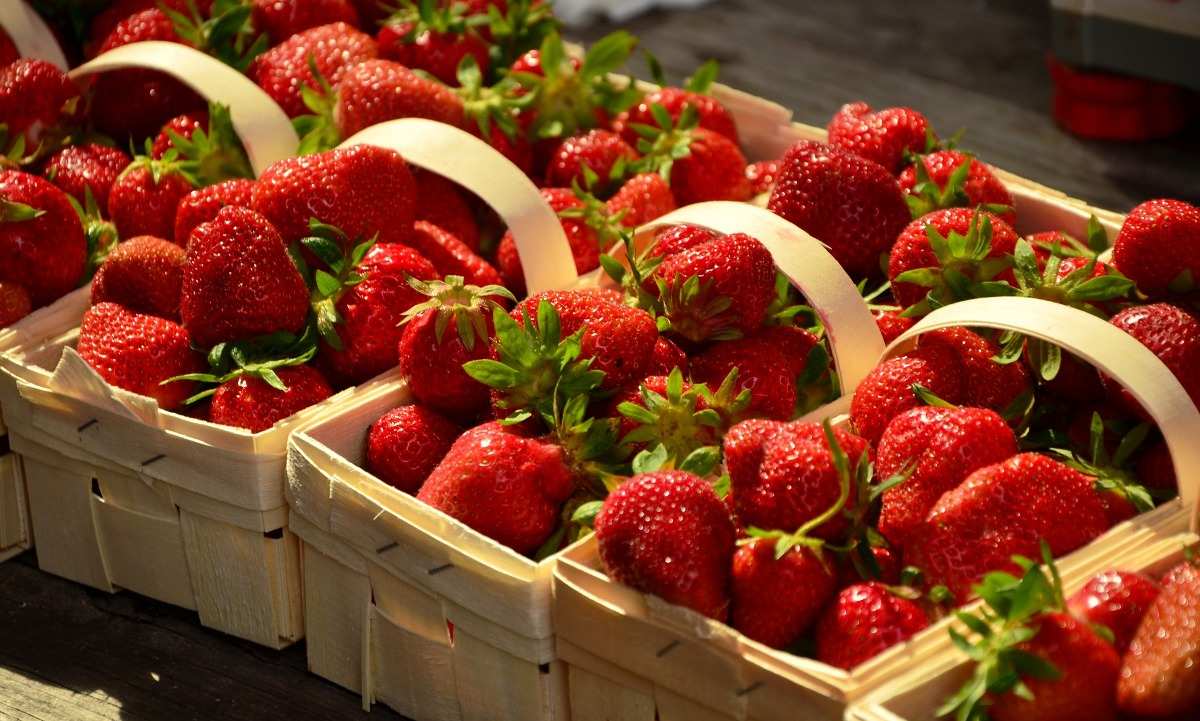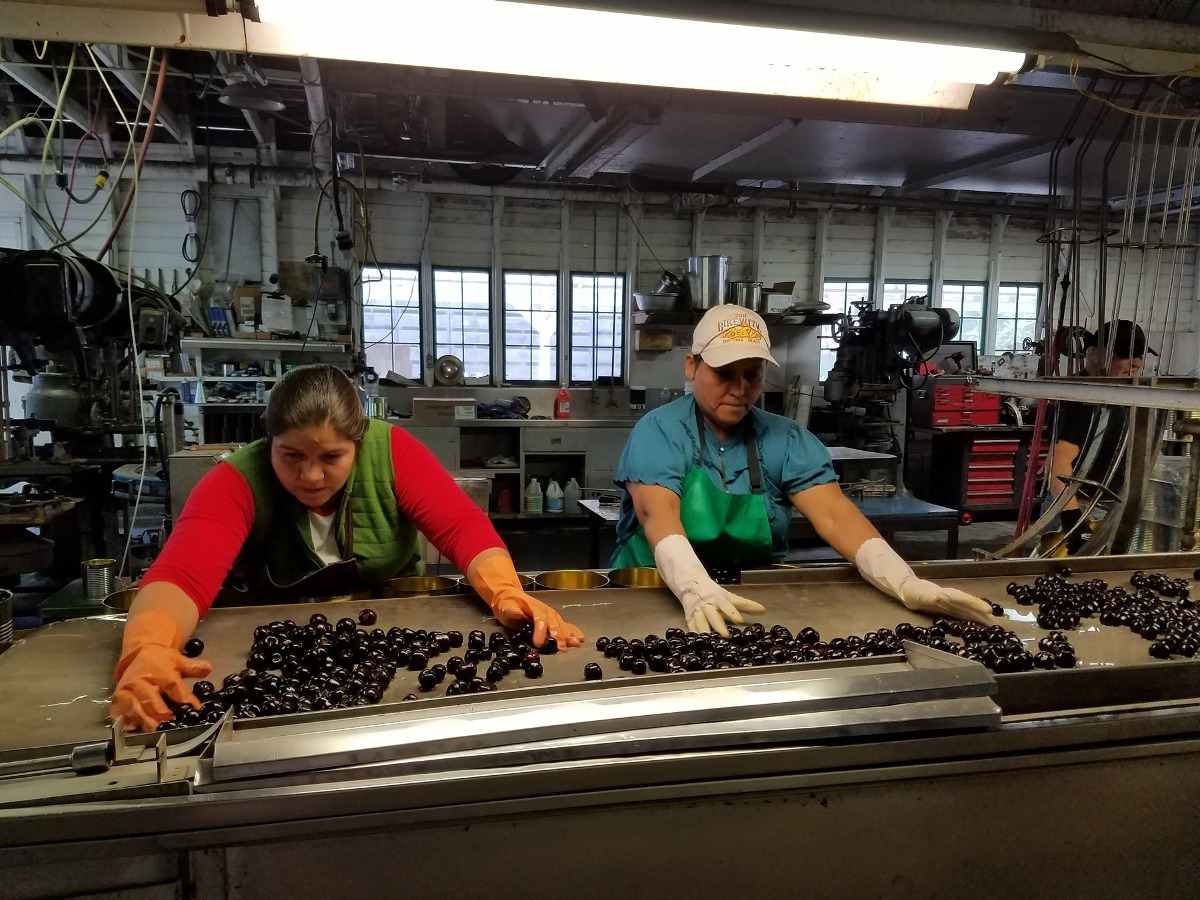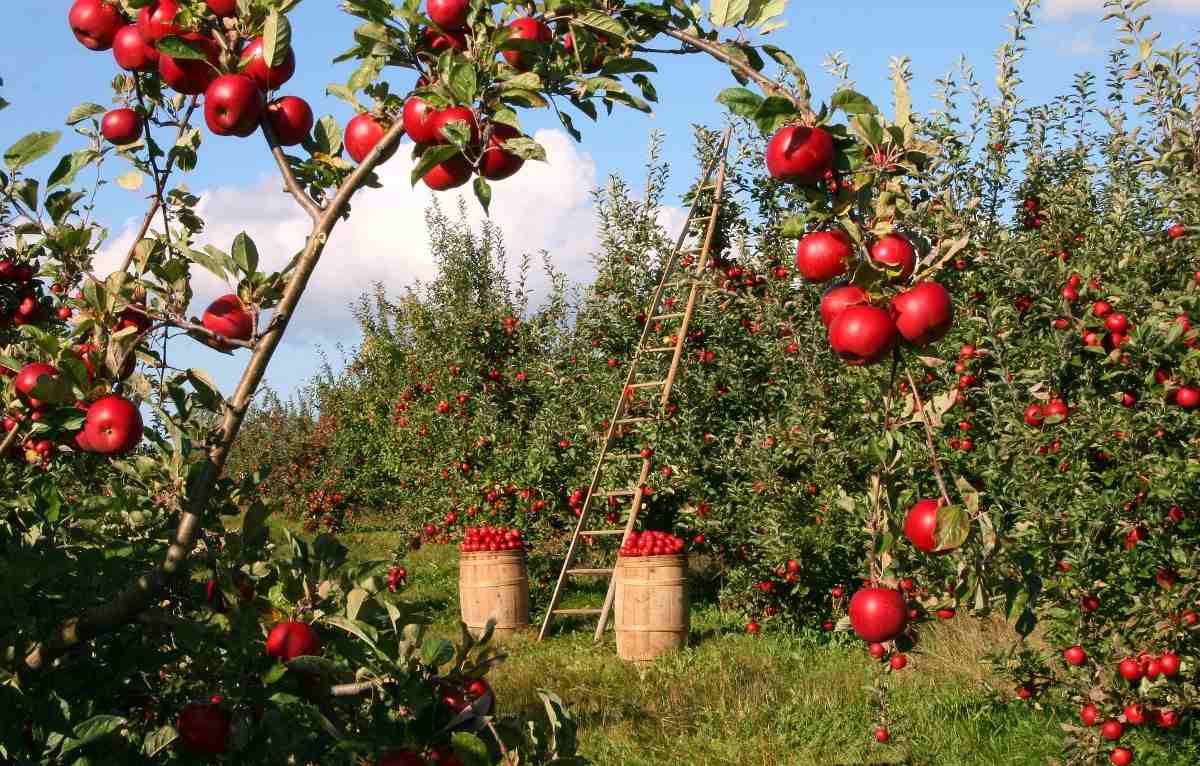Introduction: Hello friends and farmers, today we are back with a great info on post harvesting technology of fruits. The field of post-harvest technology is concerned with the application of methods to maintain the quality of harvested commodities to prevent losses.
A step by step guide of post harvesting technology of fruits
Post harvesting technology is a set of handling practices and applications that protect the quality of fresh fruits from the time of harvest until the time of consumption.

Objectives of Post harvesting technology
The main objectives of Post harvesting technology will be;
- To reduce loss in fruit quantity or volume and the qualitative or nutritive value of the product.
- To maintain the good quality of the produce that means color, nutritive value, texture, taste, flavor, and aroma.
- To increases the shelf life of the fruit crops.
- To keep the fruits or commodity free from insect and pest.
- To get fruits fresh all the year-round.
- To improve food security by safeguarding the produce’s safety.
- To prevent losses involving produce and profit.
Governed by these objectives, post-harvest technology is applied through minimizing rough handling, sorting to eliminate damaged and disease produce, and strategically taking control of the storage environment’s temperature. In general, these are the main methods used to considerable minimize losses and maintain the quality of fruits while in storage and transport.
Importance of Post-harvest technology
Harvested fruits require extensive and advance post-harvest processing to minimize both qualitative and quantitative losses after harvesting. Every year, nearly 40% of harvested fruits are wasted due to improper handling, storage, packaging, and transportation.
As a means to counter this, post-harvest technology provides trusted methods in the preservation of fruits since they are often transported at a perishable state. These methods are used to maintain the quality of fruits by strategically enhancing the environment related to the produce’s preservation, processing, packaging, storage, and distribution.
In addition to that, post-harvest technology is involved not only in storage and preparation, also extends as far as being applied to movements and operations that commodities undergo from harvest time until the moment they are purchased by consumers. Post-harvest management has the potential to make rural industries in developing countries like India, where 70 percent of the people live in villages and 65 percent of them depend on agriculture.
Role of ethylene in the postharvest life
The main role of ethylene as a plant growth regulator has only been established over the last 50 years. The most commonly known use of ethylene is to trigger ripening is some fruit crops, such as bananas and avocados. The main application of ethylene at a controlled rate means that these products can be presented to the customer as “ready to eat”. The time and temperature of influences the rate of ripening with fruit being ripened at temperatures between 15 to 21°C and relative humidity of 85 to 90 %. Ethephon a chemical producing ethylene can promote many benefits such as fruit thinning (apples, cherries), fruit loosening before harvest (nuts), color development (apples), degreening (citrus), flower induction (pineapples).
You should not miss the Post Harvesting Technology of Vegetables.
Causes of losses in post harvested fruit
There are two main causes of losses of post harvested fruits;
Physical-chemical damages – This damage can be caused by mechanical risk such as blows, rubbing or ambient risks such as high or low temperatures, toxic gases.
Biological process – Breathing, development and senescence, diseases and pathologies.
Main components of Post harvesting technology of fruits
Post-harvest technology includes the processes done immediately after harvesting the produce, including cooling, cleaning, sorting and packing. Therefore Postharvest treatment is given to increase its shelf life and maintain its quality. Thus post-harvest technology largely determines final quality.
Dumping
The first step of handling is called dumping. It must be done gently either using water or dry dumping. Wet dumping can be done by immersing the make in water. It reduces mechanical injury, bruising, abrasions on the fruits since water is gentle on produce. The dry dumping is done by soft brushes fitted on the sloping ramp. It will help in removing dust on the fruits.
Pre-sorting
Pre sorting is done to remove injured, decayed, misshapen fruits. It will save energy and money as culls will not be handled, cooled, packed or transported. Removing decaying fruits are particularly important because these will limit the spread of infection to other healthy fruits during handling.
Threshing
Threshing is the method of beating paddy plants to separate the seeds or grains from the straw. To maintain the high quality of the harvested fruits, it must be threshed immediately after harvesting.
Threshing can be done manually or mechanically.
Manual threshing – The manual process of threshing is treading by feet, flail method, and beating stalks against tubs, boards or racks. The threshing process can be done by trampling using bullocks, rubbing with bare human feet (in hills) or lifting the bundles and striking them on the raised wooden platform.
Machine threshing – Mechanical threshing removes rice grains from the rice plant, speeds up threshing (thus reducing losses), and also reduces labor requirements. Power-driven stationary threshers are used.
Washing and Cleaning
Washing with a chlorine solution (100- 150 ppm) can be used to control inoculums build up during packhouse operations. For best results, the pH level of wash solution should be between 6.5-7.5
- Mangoes, bananas must be washed to remove the latex.
- Kiwifruit must be dry cleaned or brushed after curing or storage.
Sizing or Grading
Grading can be done manually or automatic grading lines. Sizing can be done subjectively with the use of standard size gauges. Round produce units can be simply graded by using sizing rings.
You may also like How to find Soil Health, Soil Health Indicators.

Essentially all fruits sold in modern markets are graded and sized in two or more grades according to the trade standards. Depending upon the commodity to be packed, and other special treatments, like pre-sizing and grading, may be required. This process is done by hand before packing, but machines are also used for this purpose in modern packaging houses established in this country for fruits like mango, citrus, and a few roots or stem vegetable commodities. Such facilities are obtainable in a few private pack houses. One has to see that no injury or bruising occurs as an effect of dumping or friction or rough handling during the process. Weight, volume, length, diameter and other parameters are used as the criteria for separating products into the unit size.
Grading is necessary to obtain suitable returns by marketing the uniform quality of fruit. Some countries have their own set of standards for domestic and international trade. The major outlet for fruit is usually the fresh market. Acceptability depends on the size, attractiveness and organoleptic quality of the variety. The fruit shows considerable variations in quality mainly due to genetic, environmental and agronomic factors. Grading can be done manually or mechanically. Grades are based on soundness, firmness, cleanliness, size, shape weight, color, and maturity, free from diseases, mechanical injury, insect damage, etc., and sizing is mainly done to achieve uniformity in the contents.
Packing
Packing is the main tool in post-harvest management of highly perishable commodities like fruits. The present packaging systems for fresh fruits in our country are unsuitable and unscientific. The use of traditional forms of packages such as bamboo baskets is still prevalent. The other types of packages commonly used are wooden boxes and gunny bags. The use of baskets besides being unhygienic does not allow adequate aeration and prevents convenient handling and stacking.
Wooden packages are not conducive for the packaging of fresh fruits. They could occupy unnecessary additional volume and contribute to additional weight. Considering the long term ecosystems and to achieve an overall economy, other obtainable alternatives like corrugated fiberboard boxes, plastic trays, thermoformed plastic trays, stretch films and shrink wrapping would have to be considered.
Fresh fruits can also be packed in the modified atmosphere where recommended levels of Oxygen, carbon dioxide, humidity, and temperature can be maintained. The recent developments of selectivity permeable plastic films have widened the scope of modified atmosphere packaging systems for the storage of several fruits.
Post-harvest disease-preventing treatments
Some post-harvest disease-preventing treatments could be applied during packing. Heat treatment or vapor heat treatment has been suggested in the case of mango, papaya and other fruits to control rot diseases and the infestation of a fruit fly or stone weevil, and industry codes or tariffs.
Ripening or color initiation
Apply ethylene or ethylene-producing materials to stimulate ripening in fruits such as banana, mango, and tomato, or to change the color in oranges, lime, and lemons. There are specialized chambers or rooms to control temperature, air composition and humidity for such treatments. Such facilities are now available with a few private packers.
You may also consider Crops Suitable for Silt Soil.
Post-harvest handling of apple
Post Harvest Handling apple includes;

Selection of variety – The selection of apple variety with natural characteristics for long storage life and resistance to transport damage. This is important as any work or process that is carried out in an orchard before harvest, during the harvest, or whilst handling or storing crops after harvest.
Fruit Management During and after Harvest – Gentle care provided for apples during harvest, transport, storage, and packing is crucial to;
- The length of excellent quality marketing life that can be achieved,
- The ease with which apple fruit can be sold,
- The price which it will achieve.
Post-harvest handling of Mango
Post-harvest handling of Mango includes;
- Mangos will be picked before their optimum maturity could eventually ripen, but will increase inferior flavor.
- Fruit selection – Selection of the good Mango fruit maturity can be mainly based on several parameters, such as fruit shape, peel color, peel texture, flesh firmness, flesh color development, soluble solids content, and also latex content.
- Fruit accumulation process and direct exposure to sunlight effects in higher flesh temperatures, which in turn accelerate metabolism and shorten potential shelf life.
Latex removal procedure
Harvest mangos with a long stem (5 cm or longer) and accumulate the mango fruit in field boxes. Latex does not drip from mango fruit with a long stem attached.
Trim stems to the abscission zone (approximately 1 cm) and instantly place the mango fruit with the stem end down to allow latex to drip without touching the fruit’s peel. When possible, ship mangos during cooler hours of the day and then they are stored. Then cleaning, sanitation, and packing will be done.
The lowest safe temperature range for long-term exposure (2 weeks or more) of mature, green mangos is 12°C (54°F); immature fruit can be injured even at temperatures above 12°C.
Incase if you miss this: Loan for Sheep Farming Business in India.
Post-harvest handling of Banana
- Bananas are harvested all year round and fruit is harvested, packed and marketed while still green. Ripening is generally done at the wholesale markets.
- Harvesting banana fruits is hard work and involves carrying heavy bunches, which often weigh more than 50 kg, to field trailers. Particular care and training are required to avoid injuries to workers and damage to the fruit.
- Care needs to be taken to avoid bruising the banana fruit between harvest and market. Always use padding to protect bunches during transport to the packing shed and specially designed bunch trailers are generally used.
- Bananas deteriorate rapidly in the hot sun and reducing their shelf life. They must be harvested quickly and kept shaded while in the field. It is best to cool the banana fruit quickly by getting packed fruit to cold rooms as soon as possible, but ensure that the fruit does not cool below 14°C.
Three key tips for banana harvesting;
- Harvest the banana fruit during the cool part of the day when possible.
- Shade the banana during transport to the packing shed.
- Avoid delays in transporting the banana fruit to the packing shed.
That’s all folks about post-harvesting technology of fruit crops, keep growing fruits!. You may be interested in How to Grow Peppers Hydroponically.